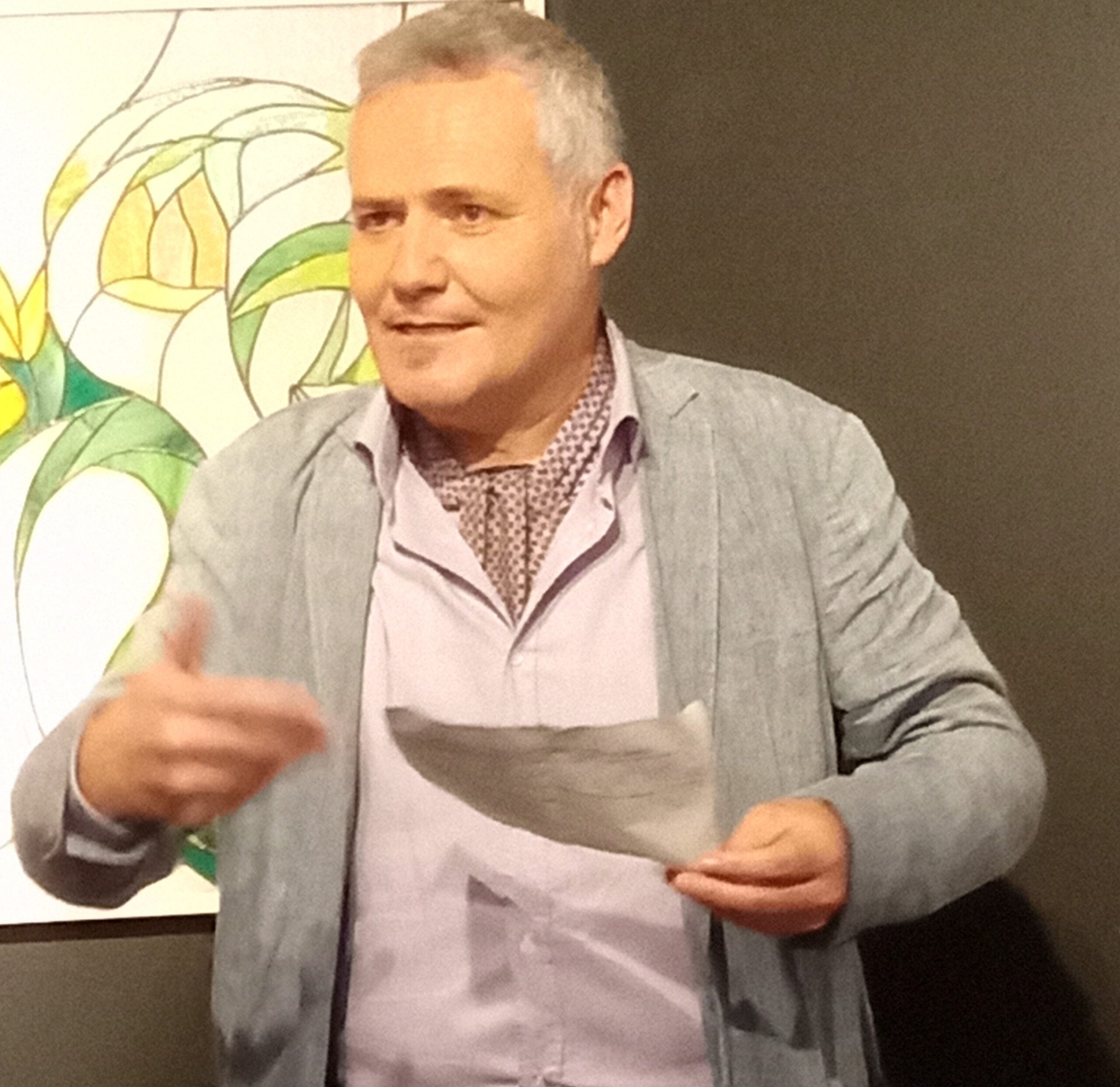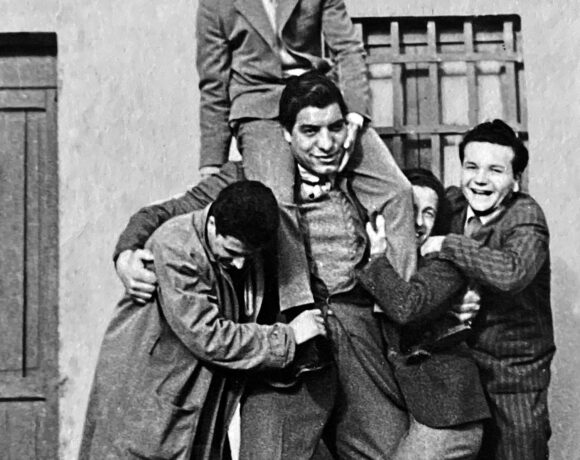The first photograph is a fading self-portrait of Susan, on the armchair in the dorm room at 44 Harvard Street in New York, the college where, in 1971, as a young student from Baltimore, she lived to study Visual Education. In fact, it is followed by many photos of other tenants that already show Susan Meiselas‘ stylistic hallmark (1948): establishing a strong relationship with the subjects photographed. The current president of Magnum is showcased at the Fotografia Europea festival in Reggio Emilia with a retrospective, titled Mediations, which traces her career from the beginnings to the ongoing project on Kurdistan, hosted in the sixteenth-century Palazzo Magnani. The first sensation that Susan Meiselas’ photographs convey is that of seeing her also in front of the camera, in a dimension of closeness with the portrayed subject. The American photographer observes, documents and participates with special attention to the chosen subject.

Susan Meiselas, “USA. South Carolina”. 1974. © Susan Meiselas/Magnum Photos
After starting with the protagonists of the shared dorm, Susan enters the heart of a strip club, and here the relationship between photographer and subject becomes even more luminous and vibrant, without any moral judgment: in the Carnival Strippers project (1972-75), Meiselas follows young girls subjected to male commodification even into their sleep, exclusively for documentation purposes. Later, the photographer hits the streets to follow, over a fifteen-year period, young teenagers from Little Italy in the thematic series Prince Street Girls (1975-90). She thus deepens her working method, which involves project series documenting human beings in their daily living, working, and resting environments, including at this stage a reportage of the black community in a town in South Carolina: Porch Portraits (1974). This journey into the heart of the United States will continue with projects like Archives of Abuse (1992) on domestic violence in San Francisco, Pandora’s Box (1995) set in a bondage club and other sadomasochistic practices, and A Room of their Own, on domestic abuse against British women (2015-2016).

Susan Meiselas, “NICARAGUA.Esteli. September 20, 1978”. Fleeing the bombing to seek refuge outside of Esteli. The Nicaraguan National Guard captured the city of Esteli which was held by Sandinesta rebels © Susan Meiselas/Magnum Photos
It is with the famous photograph Molotov Man (1979) – depicting a Sandinista revolutionary throwing a Molotov cocktail at the Somoza army – that the exploration of international conflicts is affirmed. Mediations (1978-82), the project documenting the Nicaraguan civil war, is a crucial phase for the professional conception of the documentarian – as she prefers to be called now – who becomes a witness to everyday life, not only of the guerrilla but also of the peasants and the oppressed in that violent atmosphere. Moreover, the author belongs to the humus of the Vietnam’s generation, and as it is demonstrated by the parallel project El Salvador (1978-83), bringing to public opinion images of daily suffering can provoke more activism and understanding than an emergency.

Susan Meiselas, “Mediations”, installation view at Palazzo Magnani, ph. Outherecollective, courtesy FOTOGRAFIA EUROPEA 2024
If Susan Meiselas has investigated some social dynamics, Luigi Ghirri (1943-1992) – one of the gurus of Italian photography in the post-war period – has explored, among his countless operational areas, the transformation of the landscape, Italian cities, and specifically the Via Emilia and its surroundings. On display in Reggio Emilia, in the austere Palazzo dei Musei, there is one of his thematic projects on the relationship between light and darkness, which is also poetically reflected in various moments of transition between the two states. Zone di passaggio is indeed the title of an unmissable photographic series by the master from Reggio, who manages to photograph, in an inner sense, a precise transition between a momentarily ceased activity and its subsequent resumption. Thus, we can define the temporariness of a carousel at rest during the night, but not devoid of a sense of imminent vitality. Ghirri is not interested in artifacts and contexts that have definitively vanished: the artist-photographer’s gaze captures subjects momentarily at rest but alive.

Luigi Ghirri, “Bologna”, 1987 © Archivio Eredi Luigi Ghirri
If some of the presented photographs, especially the first ones encountered in the exhibition path, show trails of light – like religious and festive illuminations, immersed in an absolute darkness that no longer exists – others, much richer from the point of view of the composition of the subject photographed, show us a situation on standby: a bar with the sign still fully lit but without customers; a summer beach showing itself a few hours before its crowding; a square showing us a statue (the only animated subject during the night hours) in its full pose; a still carousel emitting all the voices accumulated during its day of activity. As Ghirri said in 1989 in The Impossible Landscape, «we feel that we have inhabited these places, a total harmony makes us forget that all this existed and will continue to exist beyond our gaze».
Info:
Various Authors: Fotografia Europea 2024, XIX Edition
Promoted by Fondazione Palazzo Magnani and Comune di Reggio Emilia with the contribution of Regione Emila Romagna
26/04 – 09/06/2024
Reggio Emilia, various locations
https://www.fotografiaeuropea.it/

I am Giovanni Crotti and I was born in June 1968 in Reggio Calabria to be reborn in June 2014 in Piacenza, the city where I live. My income is guaranteed by digital consultancy, and I then spend it largely on art and letterature: I have been and am a content curator and organizer of cultural events for artists, galleries and institutional spaces, as well as a writer of exhibition reviews, creatives of every era and books.






NO COMMENT